Taking the Slow Road: Olga de Amaral
Now in her 93rd year, Colombian contemporary fibre artist Olga de Amaral makes woven textile art that is reliant on a slow, structured approach, one that results in striking, monumental woven wall hangings and installations that are deeply embedded with exquisite craftsmanship. Yet she also relies on spontaneity and intuition, choosing to forgo pre-planned ideas in favour of improvisation, which allows her artworks to slowly grow organically, like naturalistic life forms. “The mind was following, not guiding,” she says of her early process of discovery, “My creative language developed in this way. Without conceptualisation.”
Amaral was born in Bogota, Colombia, in 1932, and she has lived and worked near her birthplace for much of her mature career. However, her formative years were spent travelling throughout the United States and Europe, where she trained and learned skills that would stay with her for life. Her first degree was in architectural drafting at the Colegio Mayor de Cundinamarca in Bogota, followed by a spell studying English in New York. But it was training at Cranbrook Academy of Art in Detroit that was the catalyst the young artist needed to kickstart her career with fabrics – she studied textiles with Marianne Stregell, who taught skills in applying textiles into the realms of architecture and industry. Amaral subsequently returned to Colombia to establish her own busy and successful studio, where she made fabrics for upholstery and fashion.
In 1964, during a visit to San Francisco Amaral met with fellow Cranbrook graduate Lillian Elliott, who introduced her to the work of fibre artists including Alice Adams, Sheila Hicks and Lenore Tawney, among others. During the mid-1960s Amaral began making her own first fibre artworks, using a vertical loom to create a series of long, interlaced weavings which she took off the loom and began plaiting into one another, essentially weaving with weavings to create complex, cascading forms with a loose, fluid quality. During this time Amaral also began experimenting with incorporating unconventional material into her art, including plastic, which lent her suspended forms a shimmering translucency.
In the following decades as her success as an artist grew, Amaral continued to experiment with materials, pushing the boundaries of fibre art in a series of bold and unconventional directions. This included coating her weavings in gesso and later adding glistening passages of gold leaf, leading her suspended sheaths to resemble pre-Colombian artefacts which make reference to the symbolic importance these early civilizations placed on gold. She also shifted from wool to fine linen as a substrate, and began incorporating elements of clay and paint to add colour and dimension, as well as playing with suspended, unwoven warp threads arranged into abstract patterns which play with the formal properties of colour. She says, “As I build these surfaces, I create spaces of meditation, contemplation and reflection… Tapestry, fibres, strands, units, cords, all are transparent layers with their own meanings, revealing and hiding each other to make one presence, one tone that speaks about the texture of time.”
More recently, Amaral has developed a new series of totemic sculptures titled ‘Nudos’, stretches of linen thread coated in gesso and acrylic paint and pulled into a single knot, which explore the humble knotting technique that is a fundamental building block in the creation of textiles. She says, “The beginning of a fabric, the kernel of a textile, is a knot. I wanted to monumentalize this incredible technology.” Standing tall and proud like passages of cascading hair in a vast array of vivid and muted colours, these sculptures encapsulate the artist’s deft ability to merge the expressive and inventive potential of thread with the skill and craftsmanship she has spent her lifetime perfecting into a fine art.
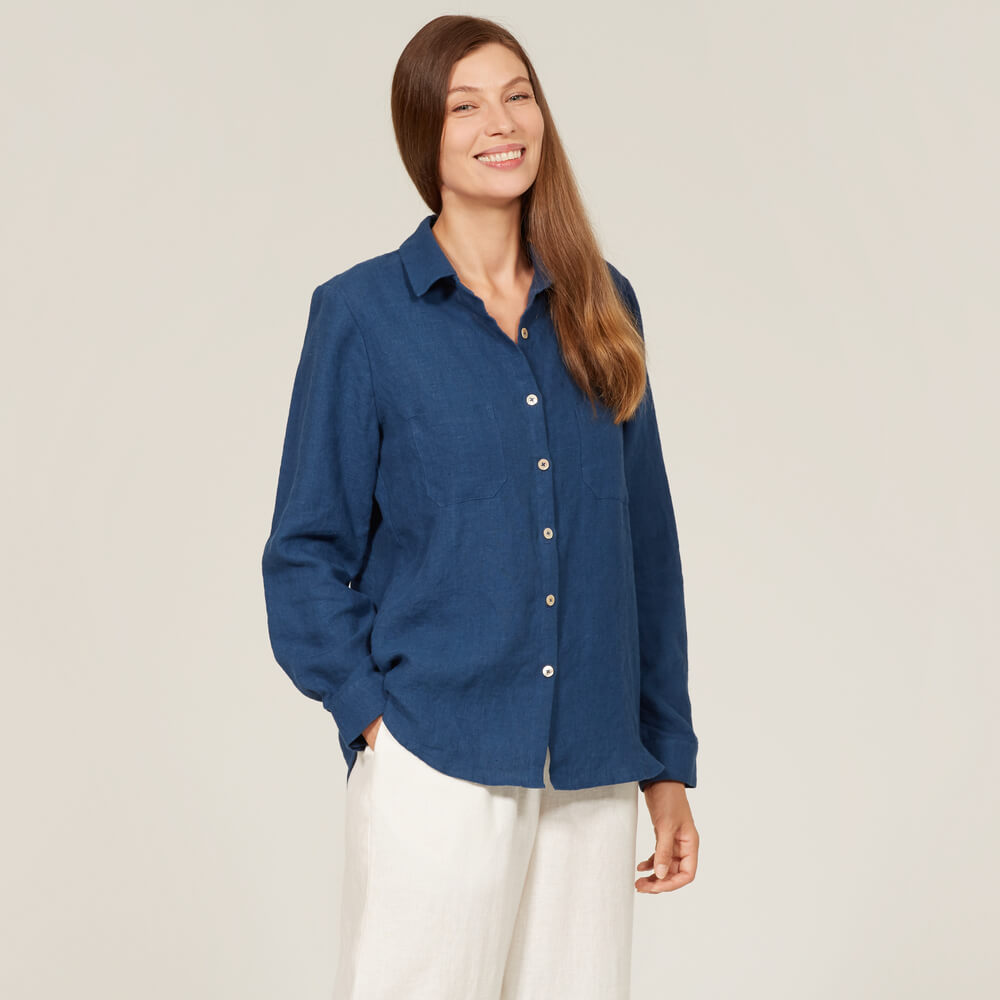

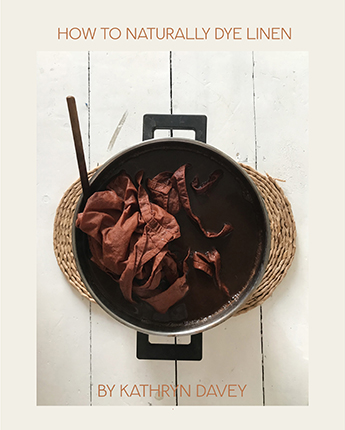
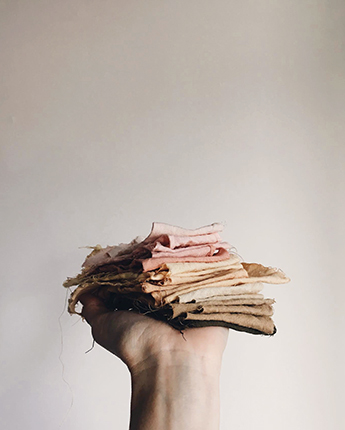

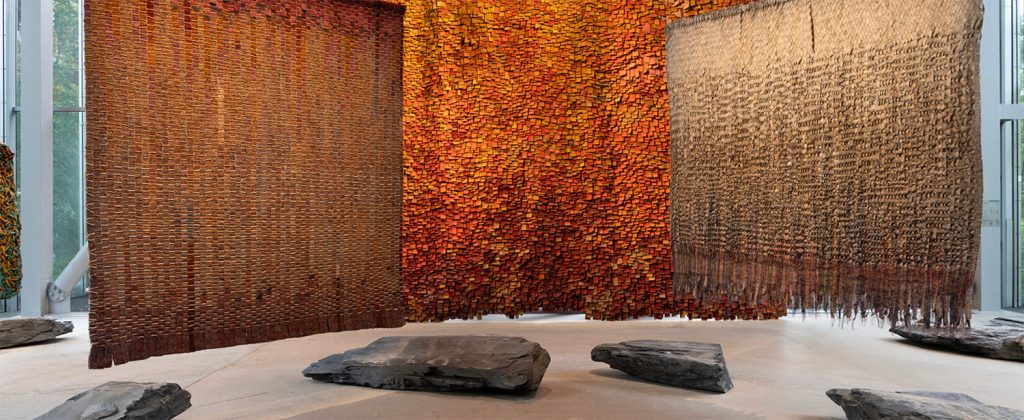
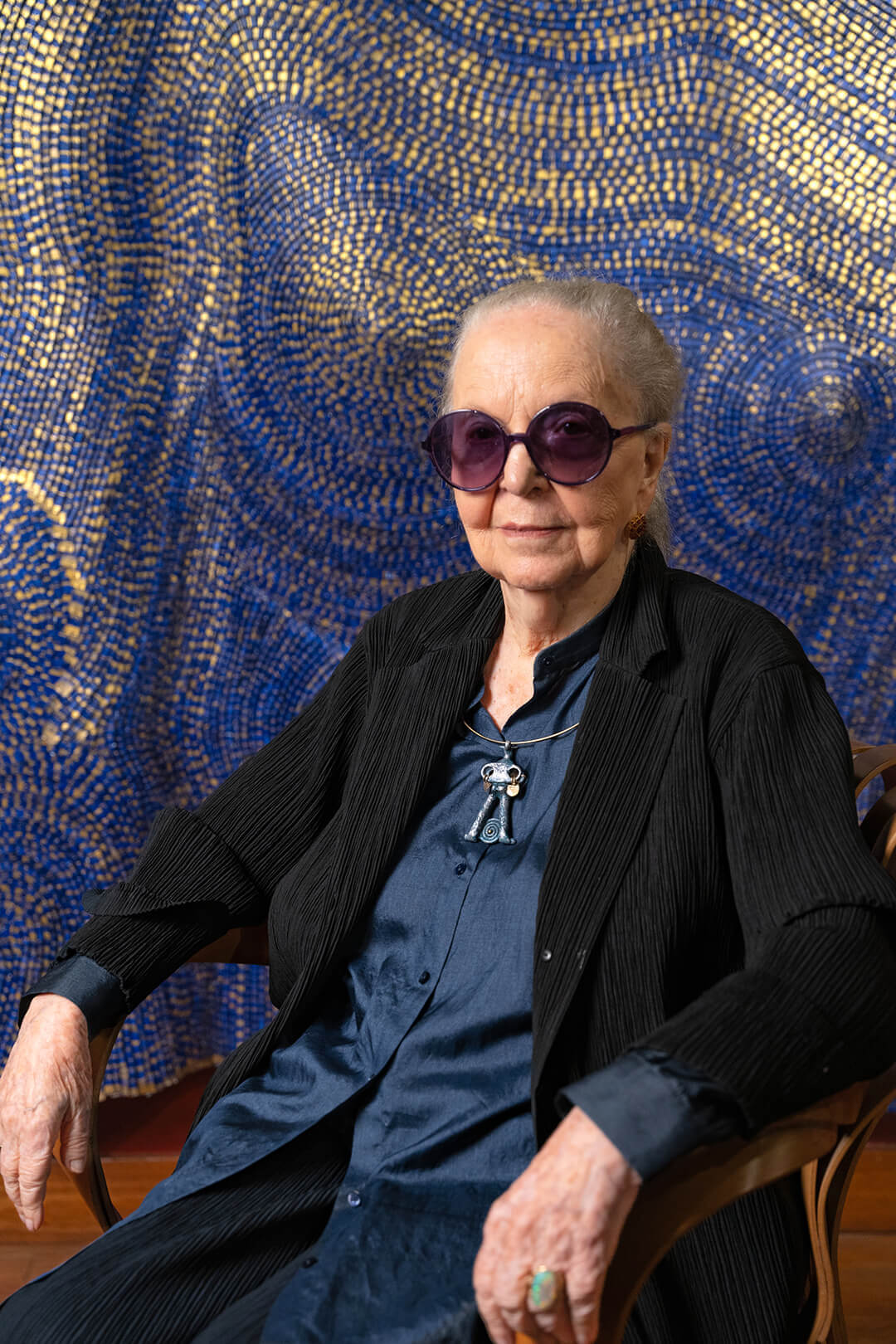
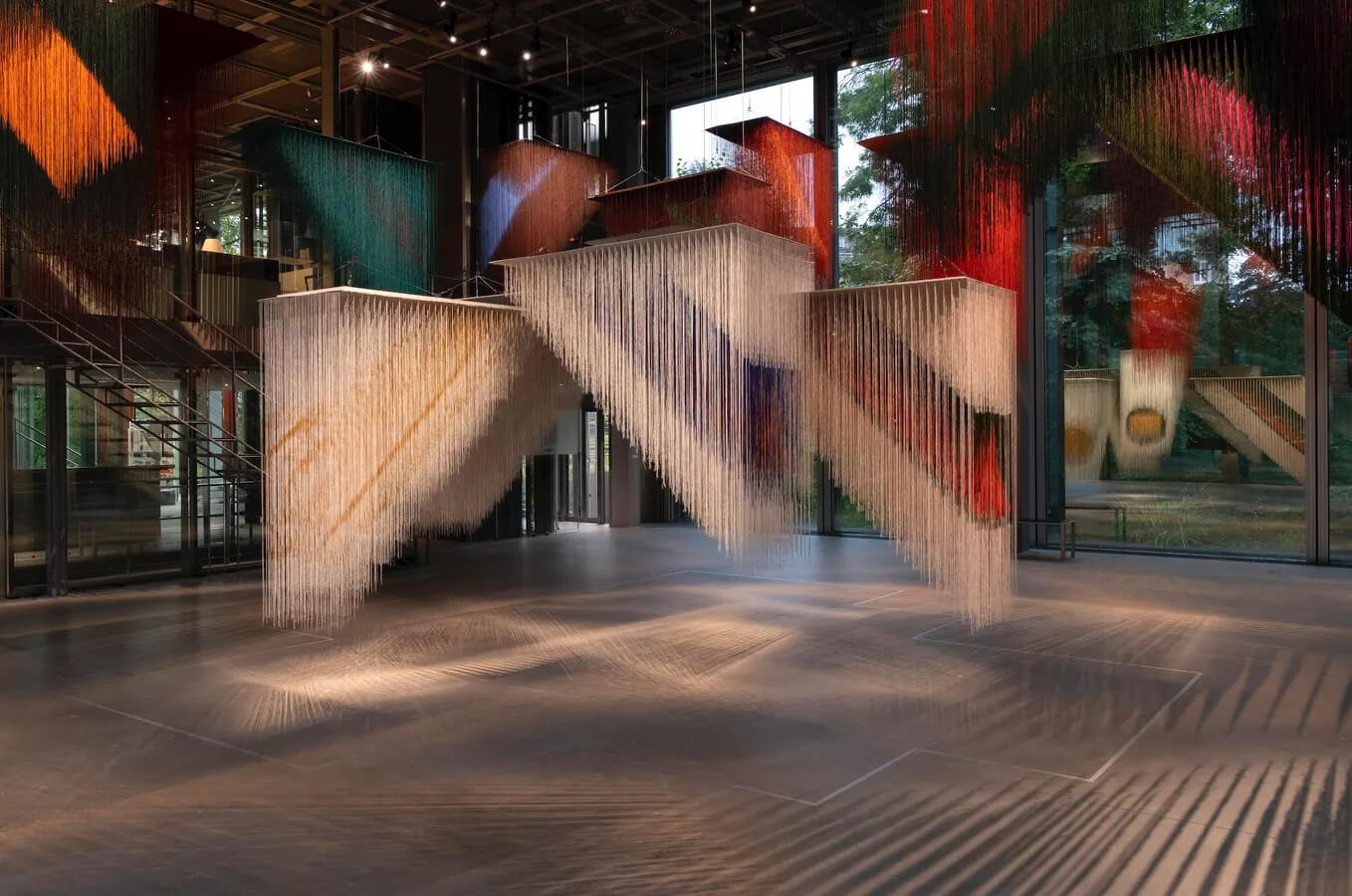
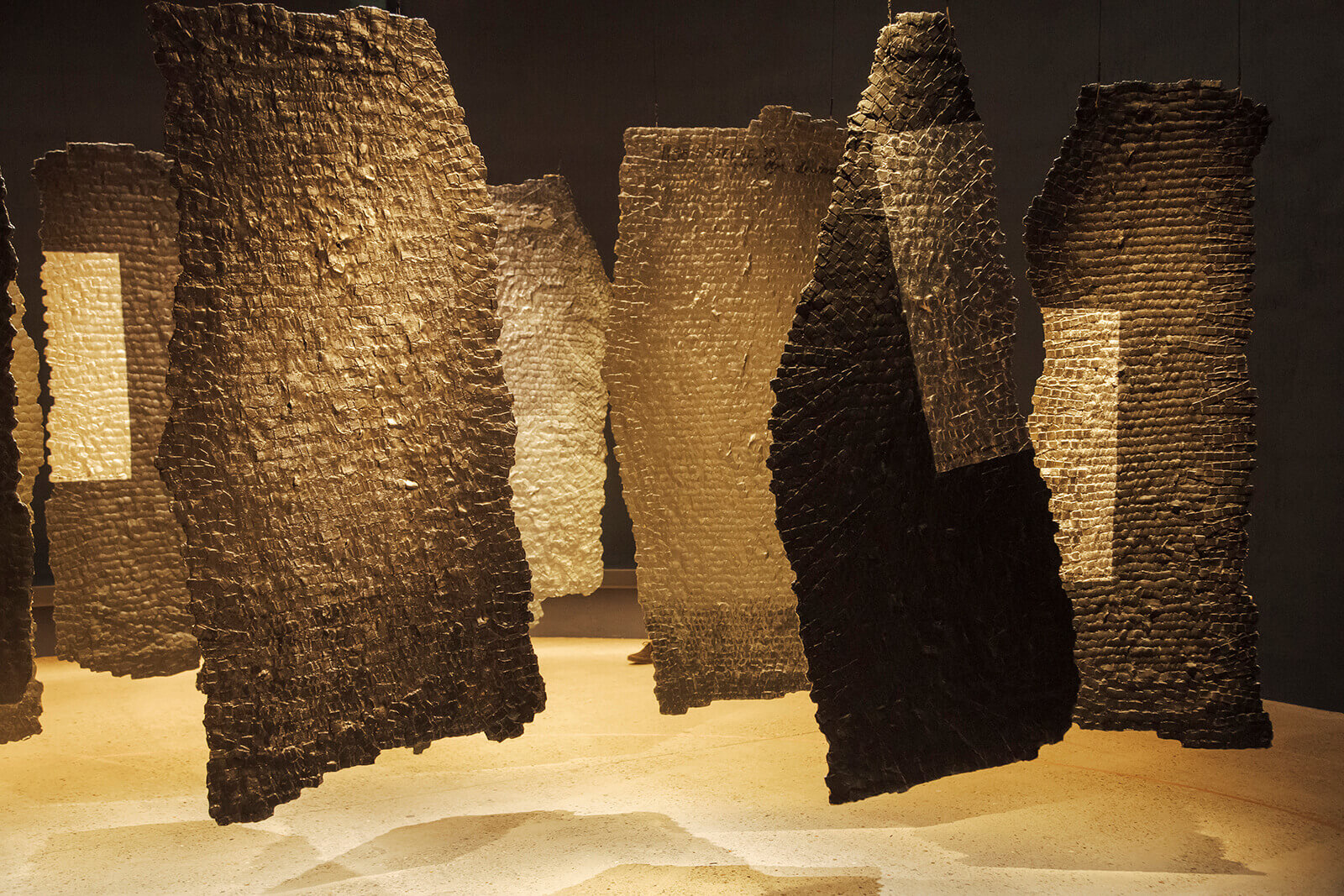
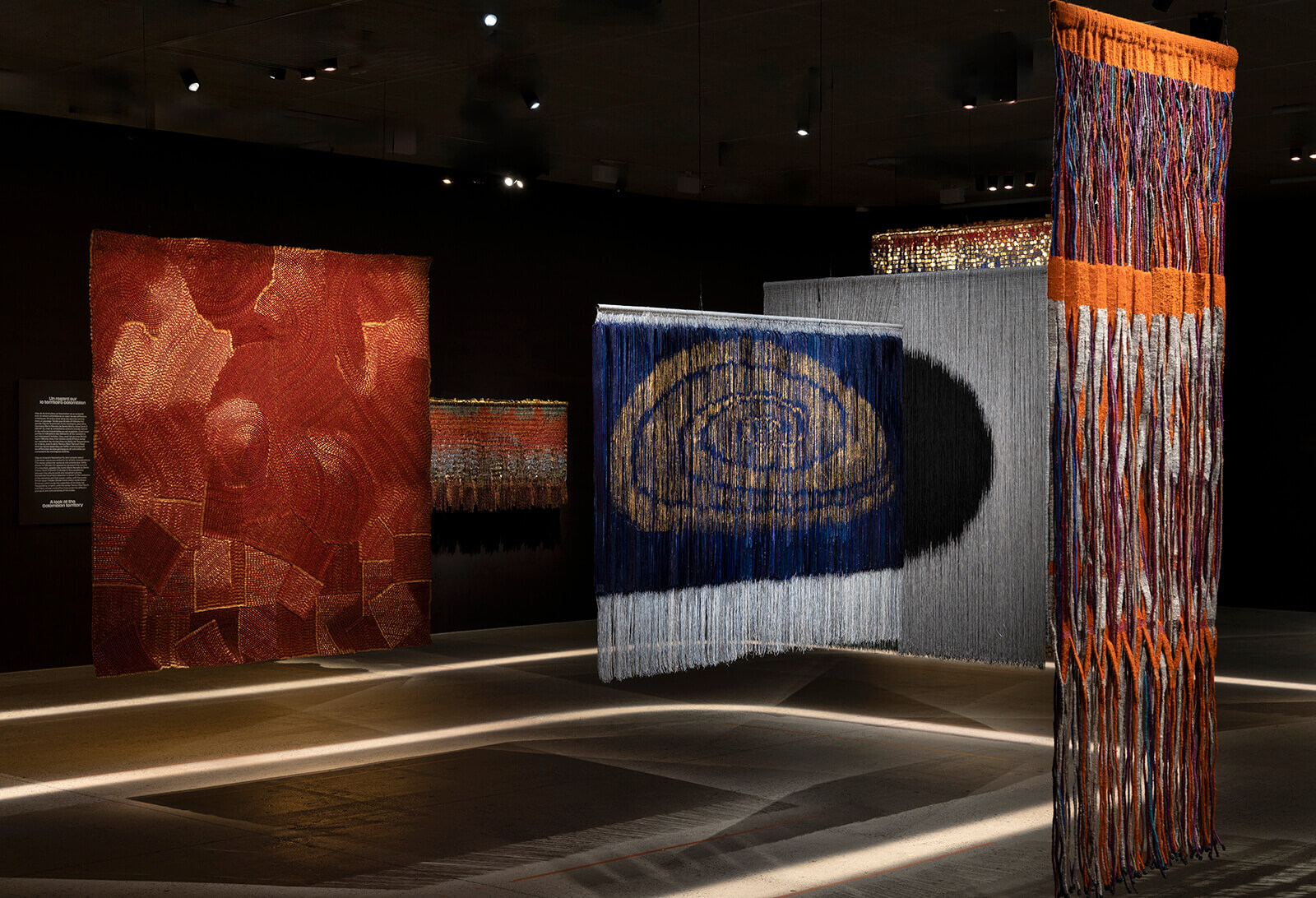
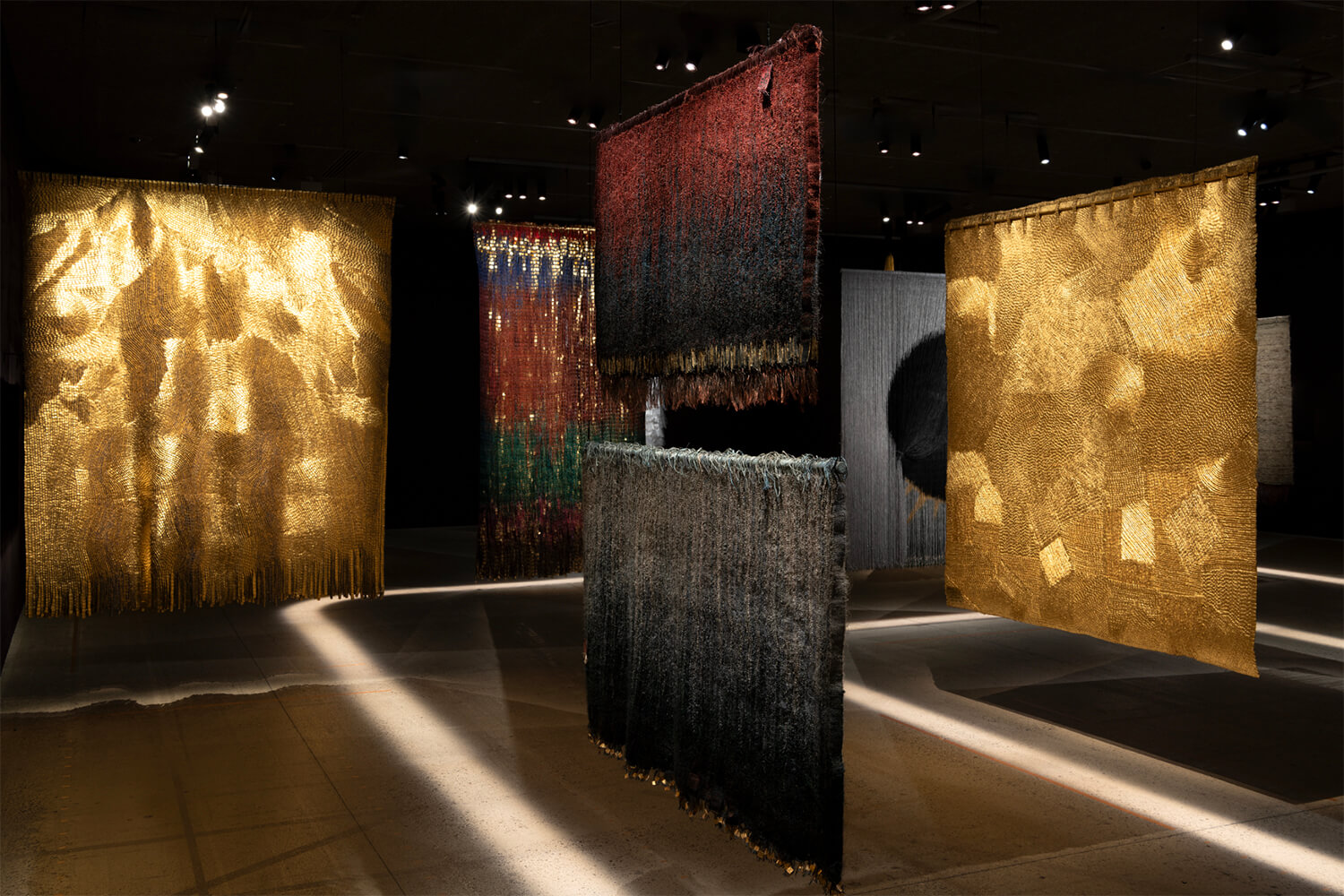
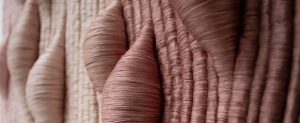

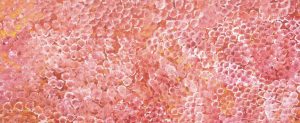
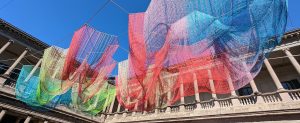
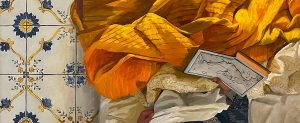





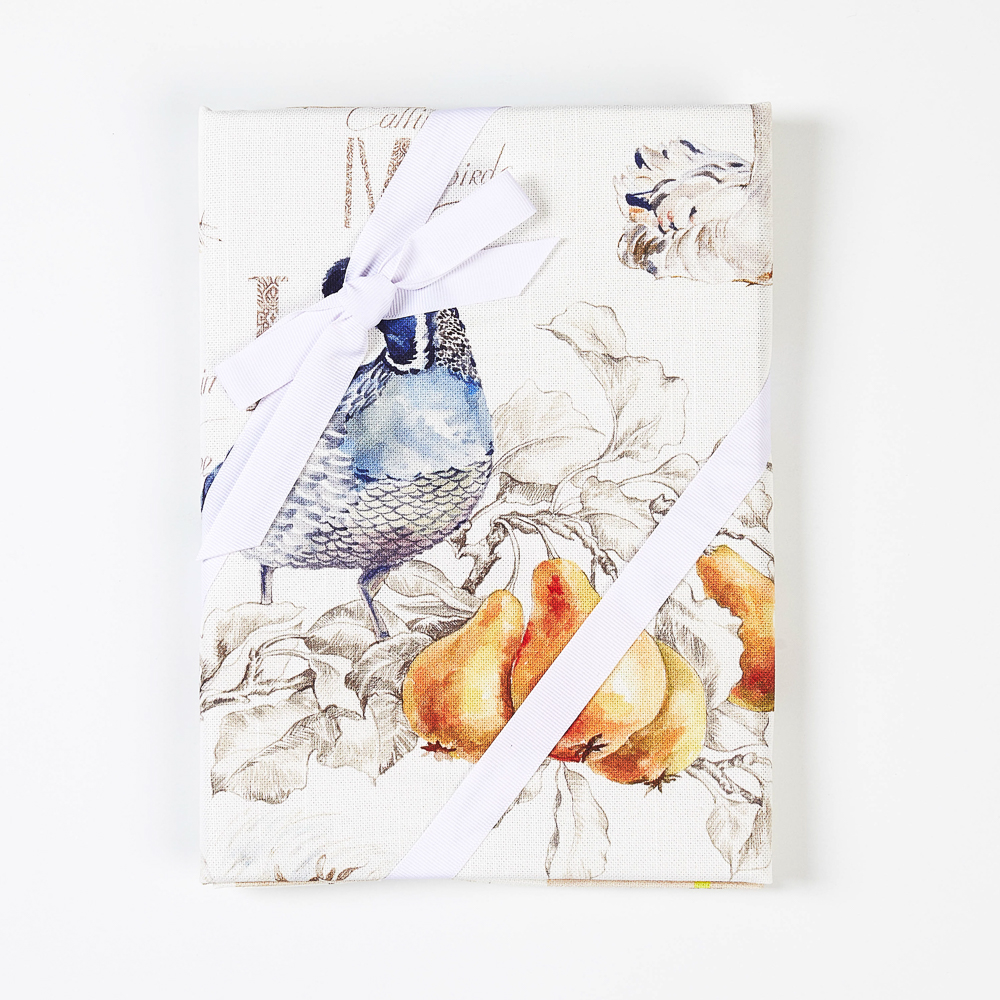
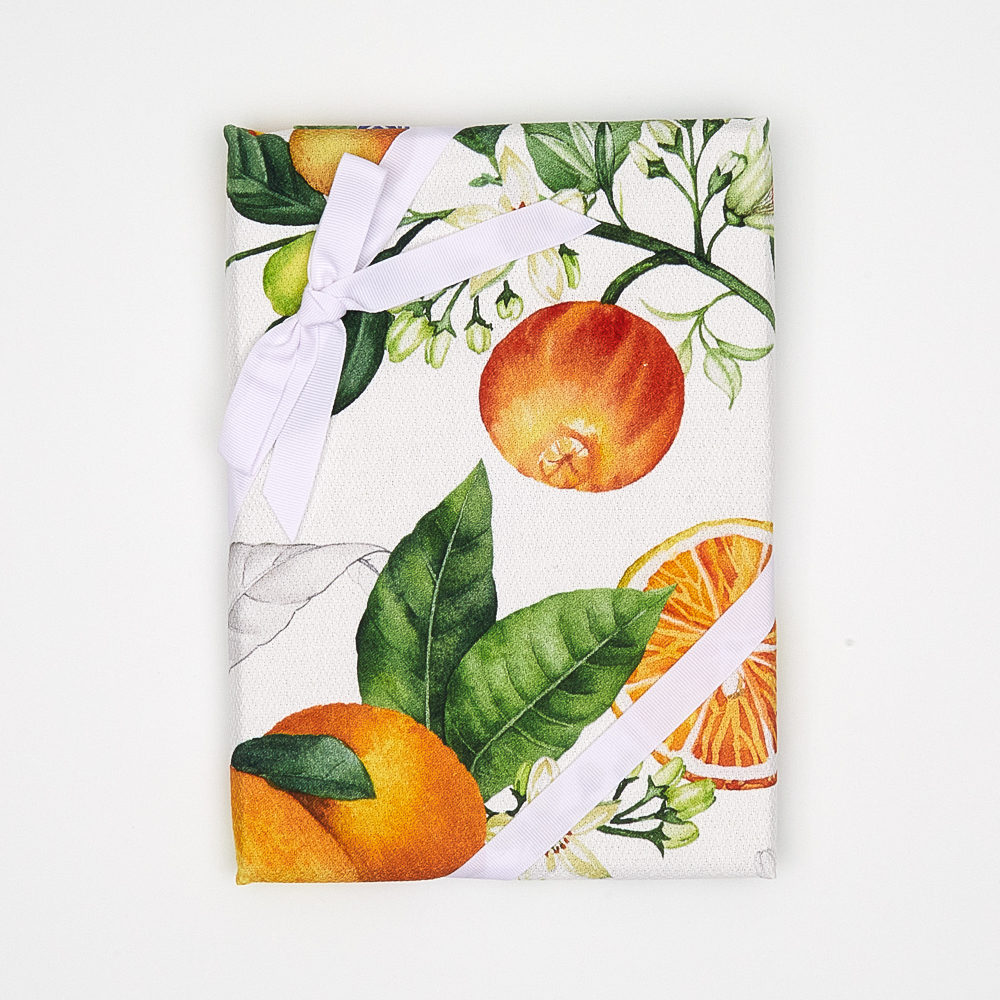


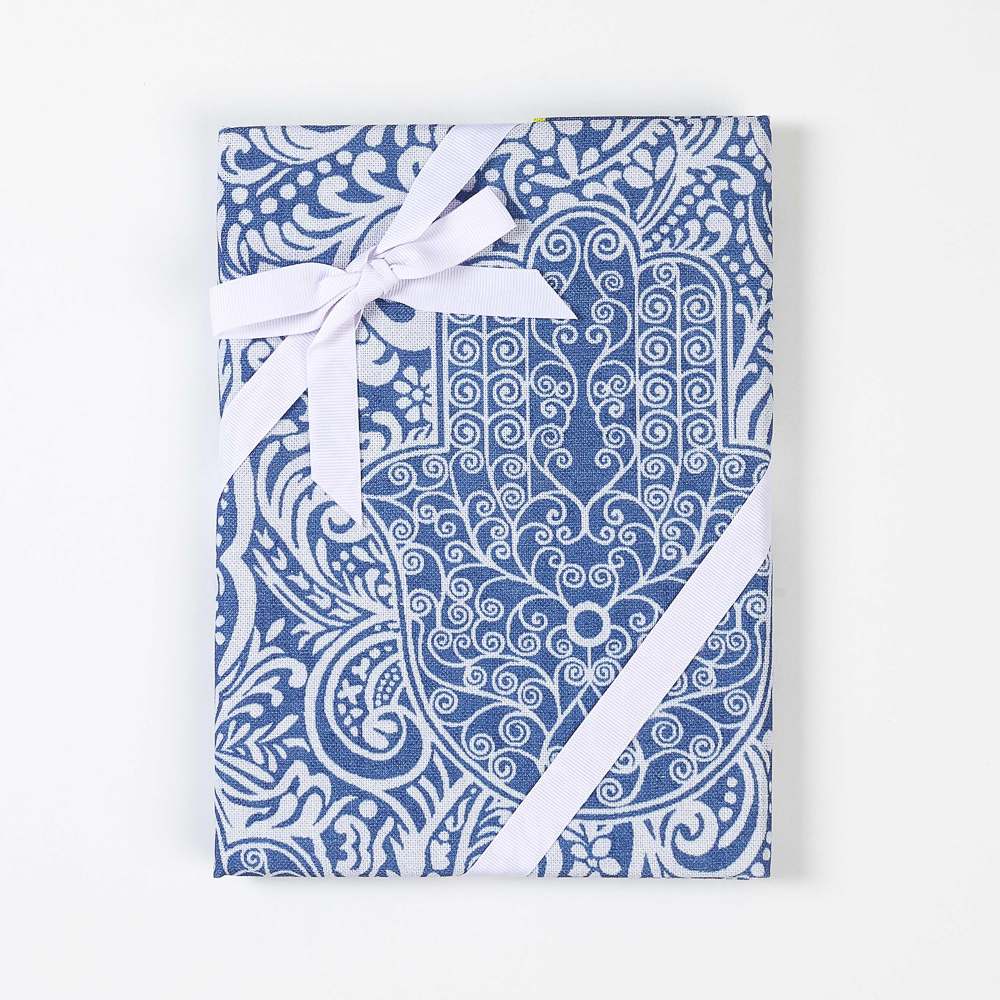

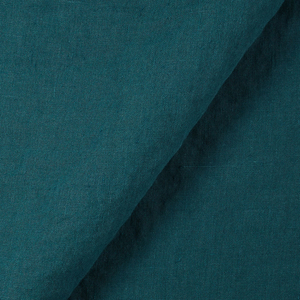
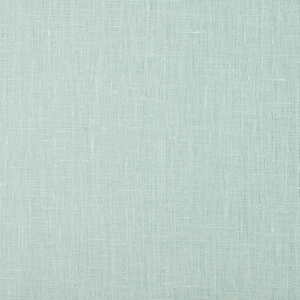
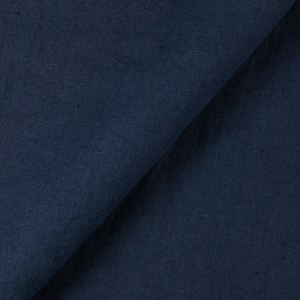
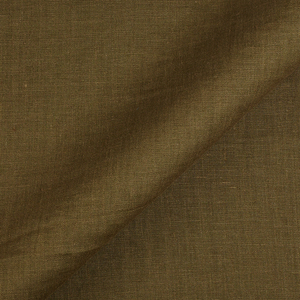
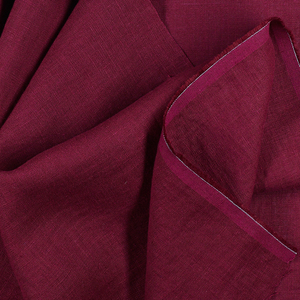
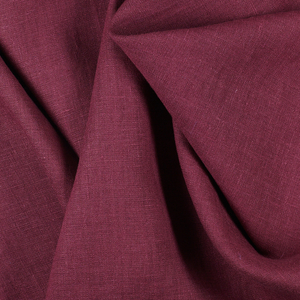
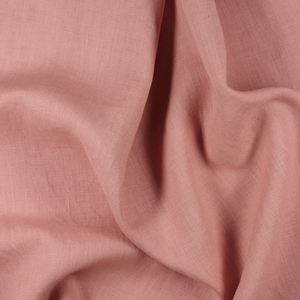
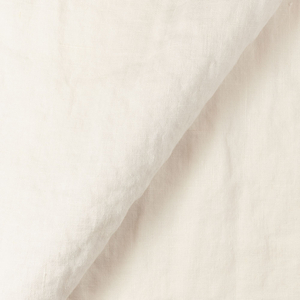
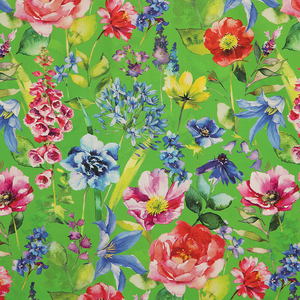
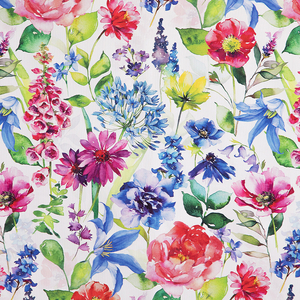
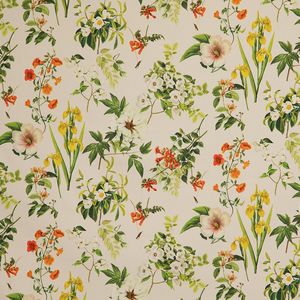
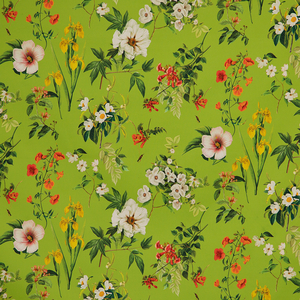
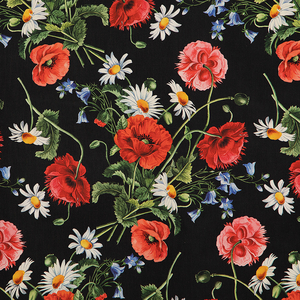
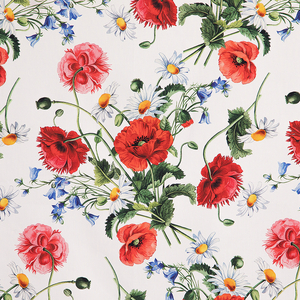
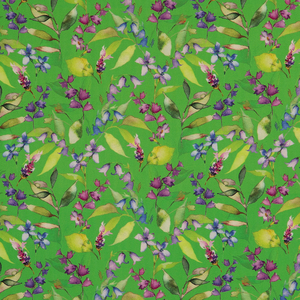
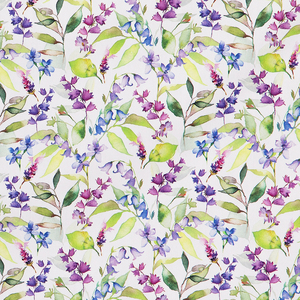
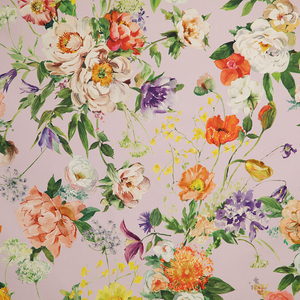
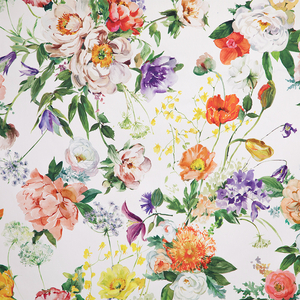


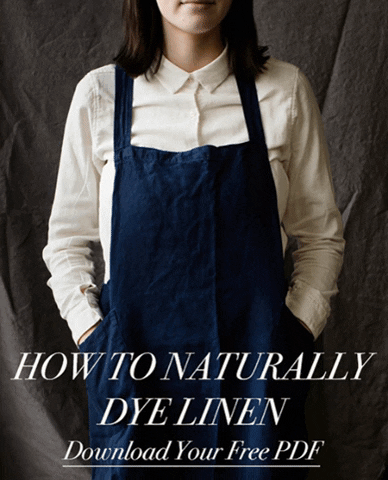



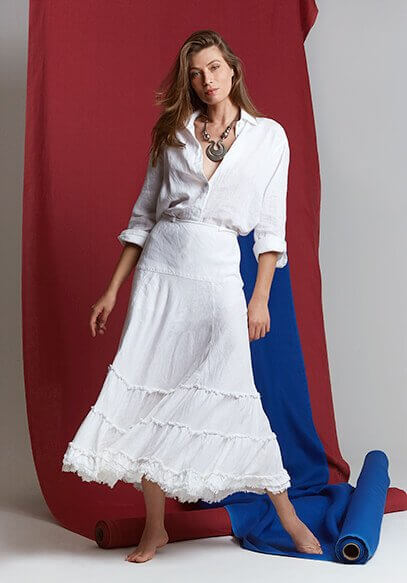
One Comment
BD Apparel Factory
What a beautifully reflective piece on Olga de Amaral’s deliberate and meditative approach to art. Her work has always felt like a quiet rebellion against fast-paced modern creation—each thread and layer infused with time and intention. This article perfectly captures how her process mirrors the value of slowing down, both in art and life.
As someone who admires textile art, I’m struck by how Amaral transforms traditional craft into profound contemporary statements. Do you think her ‘slow road’ philosophy could inspire other artists (or even everyday creatives) to embrace patience in their work? Thanks for sharing such an insightful perspective! https://www.bdapparelfactory.com/about-us/